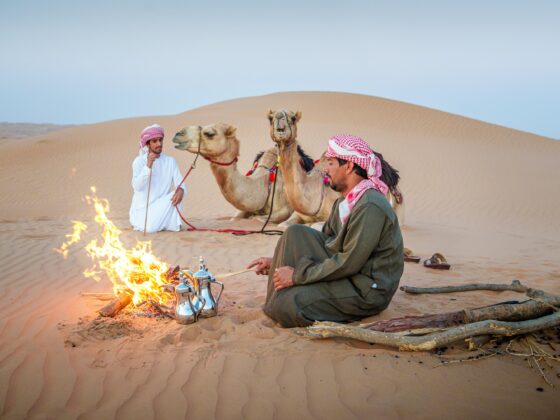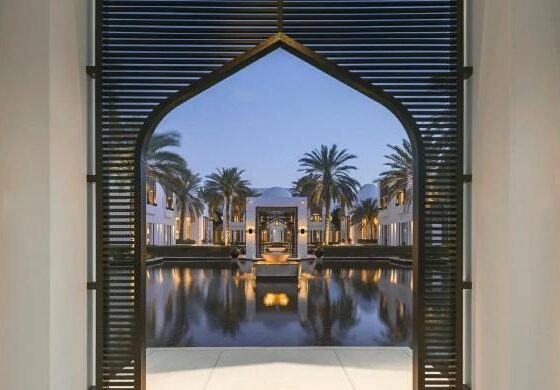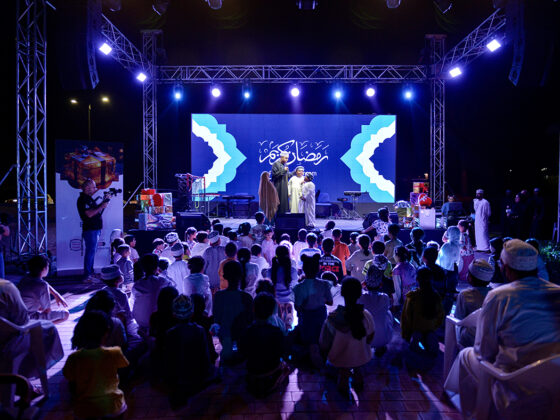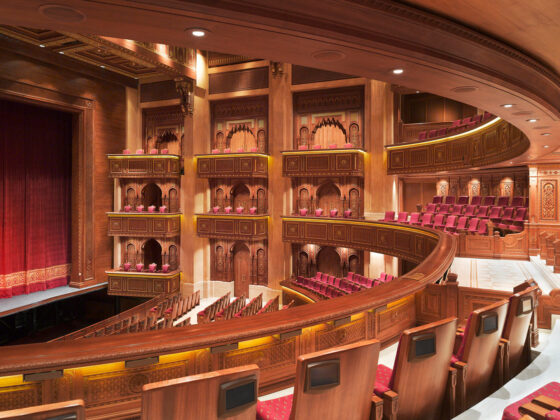By Antara Bose
With winters around the corner, if you’re feeling experimental and want to try your styling skills at ‘modest fashion’, now would be the perfect time to drape yourself in this rising trend everyone has been raving about. But before you flaunt the look, here is a little background on what it’s all about.

Busting the Myth
Let’s clear up two common misconceptions to start with – it’s not just for Muslims or Arabs, and neither is it boring. The longer hemlines, higher collars, and looser fittings can be debated as something worn to simply avoid impropriety. Though the reason for the rise of this trend did have a cultural and religious factor to it, now the trend is catching on with anyone who wants to ‘conceal more than reveal’. The style, however, reserves no inhibitions in experimenting with bold prints, fancy cuts or trending colours. It breaks the notion that showing more skin means being more fashionable.
What Does it Include
So what’s acceptable, you ask? There’s really an abundance of options. Encompassing everything from pretty palazzos, chic tunics, and colourful kaftans, you’ll find the season’s trends represented with a creative twist of ‘modesty’. Modest fashion has now seamlessly woven itself into the fashion industry producing everything from fashionable jumpsuits, trench coats, and red-carpet-worthy evening gowns. We’ve also witnessed the catwalks this year showcasing full, layered skirts, buttoned-up shirts, boxy blazers in pastel shades, tracksuit-styled pants, lightweight coats, and the attire of the season – tailored trouser suits. It encompasses all the trending cuts, colours (we saw some great pieces in PANTONE’s Color of the Year – ultraviolet), and prints to bring out pieces that are stylish, luxurious, and most importantly, comfortable.
The Brands
While various designers started including modest fashion pieces in their collection, Dolce & Gabbana made headlines when they introduced a permanent line of colourful hijabs and whimsical abayas to their collection in 2016. The collection showed how it was possible to adhere to a conservative style and still bask in the charm, exuberance, and glamour of a designer outfit. Other labels were soon to follow suit.
Brands like Uniqlo partnered with fashion designer Hana Tajima to create its own collection of hijabs, and Nike recently introduced the first of its kind Pro Hijab targeted at women athletes who’d prefer to keep their heads covered. Labels like DKNY, Oscar de la Renta, Jenny Packham, Tommy Hilfiger, Zara, and Mango, also showcase a number of modest fashion wear in their collections.
Recognising the impact this trend had on society, London hosted the very first Modest Fashion Week in 2017, the success of which gave an impetus to fashion capitals around the world to organise their own versions of the same. Modest fashion has now become a staple amongst various designers who are now bringing out capsule collections especially for Ramadan and Eid.
The Bloggers, Influencers, and Celebrities
At a time when dressing modestly just meant dull robes, monotone oversized blouses, and floppy loose pants, bloggers like Adi Heyman, Dian Pelangi, and Mariam Sobh took to social media to reach others who preferred the modest way of dressing in an attempt to break the social stigma. Getting creative without drifting from their cultural preferences, modest fashionistas were launching YouTube tutorials on new ways to tie the hijab, flooding Pinterest boards with colourful modest attires and showcasing their unique style through appealing Instagram profiles that reached thousands of like-minded people from around the world. Models like Halima Aden (known as the first hijab-wearing model to be on the cover of Vogue) and Ikram Abdi Omar added inspiration, momentum and even style to the modest fashion movement. Spreading its influence to even the Hollywood red carpet, we saw celebrities like Mary-Kate and Ashley Olsen strutting down the Met Gala aisle in floor-sweeping, long-sleeved Bohemian gowns, subtly embracing the modest fashion revolution. Singers like Beyonce, Rihanna and Jennifer Lopez have also been spotted sporting the hijab as a style statement.
The Bucks
Tapping into a previously unexplored market, fashion brands whether luxury or high street, realised the potential in this segment. Statistics showed that 266 billion dollars were spent on clothing and footwear globally in 2013, which is predicted to almost double to 484 billion dollars in 2019. Arab women make up a significant portion of those dollars. With the rise in spending power amongst the Middle Eastern women, this is a multi-billion dollar industry that promises to reward creativity if designers play by the rules of the traditions.
To sum it up, modest fashion is on par with any other leading style trend in 2018. What’s the best part? It’s backed by humble icons who claim that it has infinite possibilities that allow you to get confidently creative.











